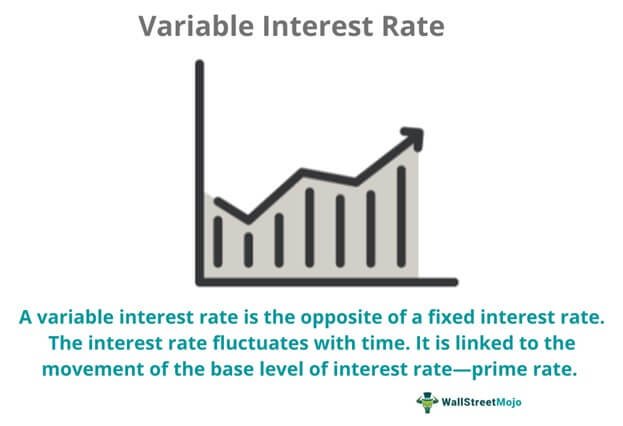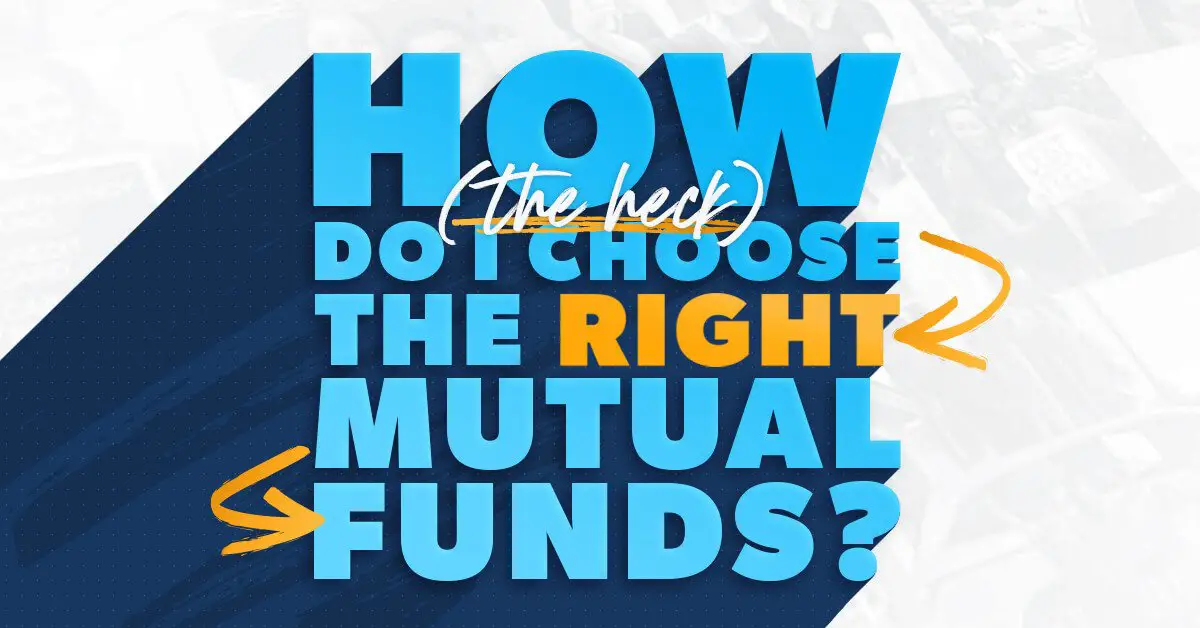Looking for a clear and concise explanation of what a variable interest rate is? You’ve come to the right place! In this article, we’ll break down the concept of a variable interest rate in a conversational and easy-to-understand manner. No need for complicated financial jargon or long-winded explanations. We’ll walk you through the basics step by step, so you can gain a solid understanding of what a variable interest rate means and how it can impact your finances. Let’s dive right in!
What is a Variable Interest Rate?
A variable interest rate is a type of interest rate that can change over time, as opposed to a fixed interest rate which remains constant for the duration of a loan or investment. This means that the interest rate fluctuates with the changes in an underlying reference rate, such as the prime rate or the London Interbank Offered Rate (LIBOR).
How does a Variable Interest Rate Work?
When you borrow money or invest in a financial product with a variable interest rate, the rate is typically tied to a benchmark rate set by a financial institution or market. This benchmark rate serves as a basis for determining the interest rate you will pay or receive.
The benchmark rate can be influenced by various factors, such as the central bank’s monetary policy, inflation rates, economic indicators, and market conditions. As these factors change, the benchmark rate fluctuates, causing the variable interest rate to change accordingly.
For example, let’s say you have a variable rate mortgage with an interest rate tied to the prime rate. If the prime rate increases, your mortgage interest rate will also increase, potentially resulting in higher monthly mortgage payments. On the other hand, if the prime rate decreases, your interest rate and monthly payments may decrease as well.
Advantages of Variable Interest Rates
Variable interest rates offer several advantages for borrowers and investors:
- Flexibility: Variable interest rates provide flexibility because they can go down as well as up, depending on market conditions. This can be beneficial in times of falling interest rates, as borrowers could potentially enjoy lower interest costs on their loans.
- Lower initial costs: Loans or investments with variable interest rates often have lower initial costs compared to those with fixed rates. This can make them more affordable for borrowers or investors who may not have a large amount of upfront funds.
- Opportunity for savings: If interest rates decline after you take out a loan or make an investment, you may benefit from lower interest payments and potentially save money over the long term.
Disadvantages of Variable Interest Rates
While variable interest rates offer advantages, they also come with some risks and potential downsides:
- Uncertainty: The main disadvantage of variable interest rates is the uncertainty they bring. Since the rates can change, borrowers and investors may find it harder to predict and plan for future interest costs or returns. This unpredictability can impact budgeting and financial stability.
- Risk of higher costs: If interest rates rise significantly, borrowers may face higher monthly payments, potentially straining their financial resources. This risk is particularly relevant for long-term loans, such as mortgages.
- Market fluctuations: Variable interest rates are directly influenced by market conditions, which can be volatile and subject to sudden changes. These fluctuations can lead to higher costs and potentially result in financial stress.
Examples of Variable Interest Rate Products
Variable interest rates can be found in various financial products, including:
- Variable rate mortgages
- Adjustable rate mortgages (ARMs)
- Variable rate credit cards
- Variable rate personal loans
- Variable rate student loans
- Variable rate savings accounts
- Variable rate certificates of deposit (CDs)
Factors Influencing Variable Interest Rates
Several factors can influence variable interest rates:
- Central bank policies: The monetary policy decisions of central banks, such as the Federal Reserve in the United States or the European Central Bank, can have a significant impact on interest rates. Changes in these policies, including decisions related to benchmark rates, can cause variable interest rates to fluctuate.
- Economic conditions: Economic indicators like inflation rates, GDP growth, employment figures, and consumer spending can influence interest rates. Strong economic growth may lead to higher interest rates, while a weak economy may prompt central banks to lower rates.
- Market conditions: Supply and demand dynamics in financial markets, as well as investor sentiment, can affect interest rates. Factors such as market liquidity, risk appetite, and geopolitical events can lead to fluctuations in variable interest rates.
- Market indexes: Variable interest rates are often tied to specific market indexes, such as the prime rate, LIBOR, or the Treasury bill rate. Changes in these indexes can directly impact the interest rates in various financial products.
Managing the Risks of Variable Interest Rates
There are strategies you can employ to manage the risks associated with variable interest rates:
- Monitor market conditions: Stay informed about economic and market developments that can affect interest rates. Keep track of central bank announcements, market indexes, and news related to inflation, employment, and GDP growth.
- Consider your financial situation: Assess your financial stability and ability to handle potential interest rate fluctuations. If you anticipate difficulties in making higher payments in the event of rising interest rates, you may want to consider a fixed-rate loan instead.
- Plan for different scenarios: Run simulations or stress tests to understand how changes in interest rates would impact your financial situation. This can help you prepare for potential increases or decreases in your interest payments or investment returns.
- Review loan agreements: Carefully read and review the terms and conditions of any loan or investment agreement with a variable interest rate. Understand how the rate is calculated, any caps or limits on rate changes, and the frequency of rate adjustments.
- Consider refinancing: If interest rates have dropped significantly since you took out a loan, refinancing to a fixed-rate loan may provide stability and potentially lower interest costs over time.
Remember, managing the risks associated with variable interest rates requires careful evaluation of your financial situation and a thorough understanding of the terms and conditions of the loan or investment. It is important to consider your long-term financial goals and consult with financial experts if needed.
Variable vs Fixed Interest Rate
Frequently Asked Questions
Frequently Asked Questions (FAQs)
What is a variable interest rate?
A variable interest rate is a type of interest rate that can change over time. It is usually tied to a benchmark rate, such as the prime rate or the London Interbank Offered Rate (LIBOR). The interest rate on a loan or credit card with a variable interest rate can fluctuate periodically, resulting in changes to the overall cost of borrowing.
How does a variable interest rate work?
A variable interest rate is typically based on a specific index, such as the U.S. Treasury Bill rate or the federal funds rate. When the index value changes, the variable interest rate will also change accordingly. Lenders usually add a margin to the index rate to determine the final interest rate charged to borrowers.
What are the advantages of a variable interest rate?
One advantage of a variable interest rate is the potential for lower initial rates compared to fixed interest rates. If interest rates decrease, borrowers with variable rate loans can benefit from lower monthly payments. Additionally, some variable rate loans may offer more flexibility in terms of early repayment or refinancing options.
What are the disadvantages of a variable interest rate?
The main disadvantage of a variable interest rate is the uncertainty it brings. Since the rate can change with market conditions, borrowers may face higher monthly payments if interest rates rise. This lack of predictability can make budgeting and financial planning more challenging.
How often can a variable interest rate change?
The frequency of interest rate changes depends on the terms set by the lender. Some loans may have rate adjustments every month, while others may have adjustments every quarter, year, or even longer. It is crucial to review the loan agreement or consult with the lender to understand how often the rate may change.
What factors can cause a variable interest rate to change?
Variable interest rates are influenced by various factors, including changes in market conditions, economic indicators, and central bank policies. Factors such as inflation rates, monetary policy decisions, and overall market demand for credit can all contribute to fluctuations in variable interest rates.
Can a variable interest rate ever be lower than a fixed interest rate?
Yes, it is possible for a variable interest rate to be lower than a fixed interest rate, especially during periods of low or falling interest rates. However, this is not guaranteed, and the variable rate can increase over time, surpassing the initially lower fixed rate.
Should I choose a variable or fixed interest rate?
The choice between a variable or fixed interest rate depends on your financial situation and risk tolerance. If you prefer stability and predictable monthly payments, a fixed interest rate may be more suitable. However, if you are comfortable with potential rate fluctuations and believe rates may decrease in the future, a variable interest rate could offer potential savings. It is important to carefully evaluate your financial goals and consult with a financial advisor before making a decision.
Final Thoughts
A variable interest rate refers to an interest rate that fluctuates over time, usually in response to changes in the market or economy. Unlike a fixed interest rate, which remains constant throughout the loan term, a variable interest rate can increase or decrease based on various factors. Borrowers with variable interest rates may experience changes in their monthly payments, making it important for them to closely monitor and plan for potential rate adjustments. Understanding the implications and risks associated with a variable interest rate is crucial for borrowers to make informed decisions regarding their finances. So, what is a variable interest rate? Simply put, it is an interest rate that is subject to change.


